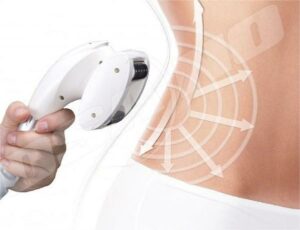Anyone that’s ever tried to lose fat will tell you that diets are hard, and it’s not always easy to get time to exercise. For those choosing surgery, 40% can expect some complications afterward.
Does this mean that if you find dieting hard, don’t have time to exercise, or want to avoid the complications associated with surgery, you should forget about that beach body?
The answer is an emphatic no; you can try non-surgical and non-diet approaches.
What are non-diet and non-surgical approaches? How do these approaches differ from surgical approaches? How do non-surgical fat-reducing approaches work? We spent some time looking for answers to these questions and more.
Now, your duty is to sit back and read this article to the end. You can thank us after your next beach holiday.
Why You Need to Reduce Body Fat

Before we can focus on non-surgical and non-diet approaches, let’s start by looking at why you need to reduce body fat.
Let’s start by noting that the idea of fat reduction should not be confused with weight loss, even though losing some fat could have a marginal effect on weight. This is a view acknowledged by Dr. John Millard, a plastic surgeon. He writes, “Fat reduction is the process of addressing the pinchable fat under your skin.”
An article published by Johns Hopkins Medicine explains why you need to lose excess body fat. It says, “… maintaining a trim midsection does more than make you look great—it can help you live longer.”
The same source adds, “Larger waistlines are linked to a higher risk of heart disease, diabetes, and even cancer.”
These insights from Johns Hopkins Medicine show that a body with a low percentage of body fat should not just be about looking great on the beach but also about maintaining overall good health.
Even though fat has been vilified as the curse of our modern sedentary lifestyles, we must remember that the body still needs it for many biological processes. But what percentage of body fat should you aim for?
According to registered dietician Jill Corleone, “Body fat percentage is the percent of fat that makes up your total body weight.”
Recommended Body Fat Percentages
The recommended body fat percentage for men is not the same for women. It also differs based on age. WebMD.com has a rough guideline of what you need to aim for:
- Between the ages of 20 and 39, women should aim for between 21% and 32% and men for 8% and 19%.
- Women between 40 and 59 should have a goal of between 23% and 33% and men for 11% and 21%.
- Between 60 and 79, the recommended percentage for females should be 24% to 35%, and for males, 13% to 24%.
What Are Non-Surgical Fat-Reducing Procedures?

To define non-surgical fat-reduction procedures, let’s start by describing surgical fat reduction techniques.
Surgical procedures involve cutting or puncturing the skin. The most common of these procedures is liposuction, described by MedicalNewsToday.com as “a type of cosmetic surgery that breaks up and ‘sucks’ fat from the body.” The same source adds, “The fat is removed through a hollow instrument, known as a cannula. This is inserted under the skin.”
The UK’s National Health Service (NHS) describes another procedure known as surgical fat transfer, also called “fat graft” or “lipomodelling.” The NHS explains that this procedure aims to remove fat from the part of the body where it’s not needed, such as the tummy, to a part where it is required, like the breasts or bottom.
A small cut is made to the skin, where a cannula is inserted to draw out the fat. This fat will then be injected into the part of the body where it is required through a small cut in the skin.
Now that we know what surgical procedures are, let’s define non-surgical methods. These techniques are commonly known as nonsurgical body sculpting.
According to the health information website, WebMD.com, “Nonsurgical body sculpting is a procedure used to remove or reduce pockets of stubborn fat.” The site, however, warns that these procedures will have little effect on those hoping to lose weight. Instead, they are more suitable “for people who have attained their desired weight but wish to get rid of stubborn fat pockets.”
Several non-surgical body sculpting procedures exist. Generally, these techniques work by either freezing fat cells before destroying them or heating the fat so that the body can flush it out. WebMD.com identifies love handles, thighs, the abdomen, and upper arms as some of the most common places suitable for these techniques.
We summarize some of the methods below.
Cryolipolysis
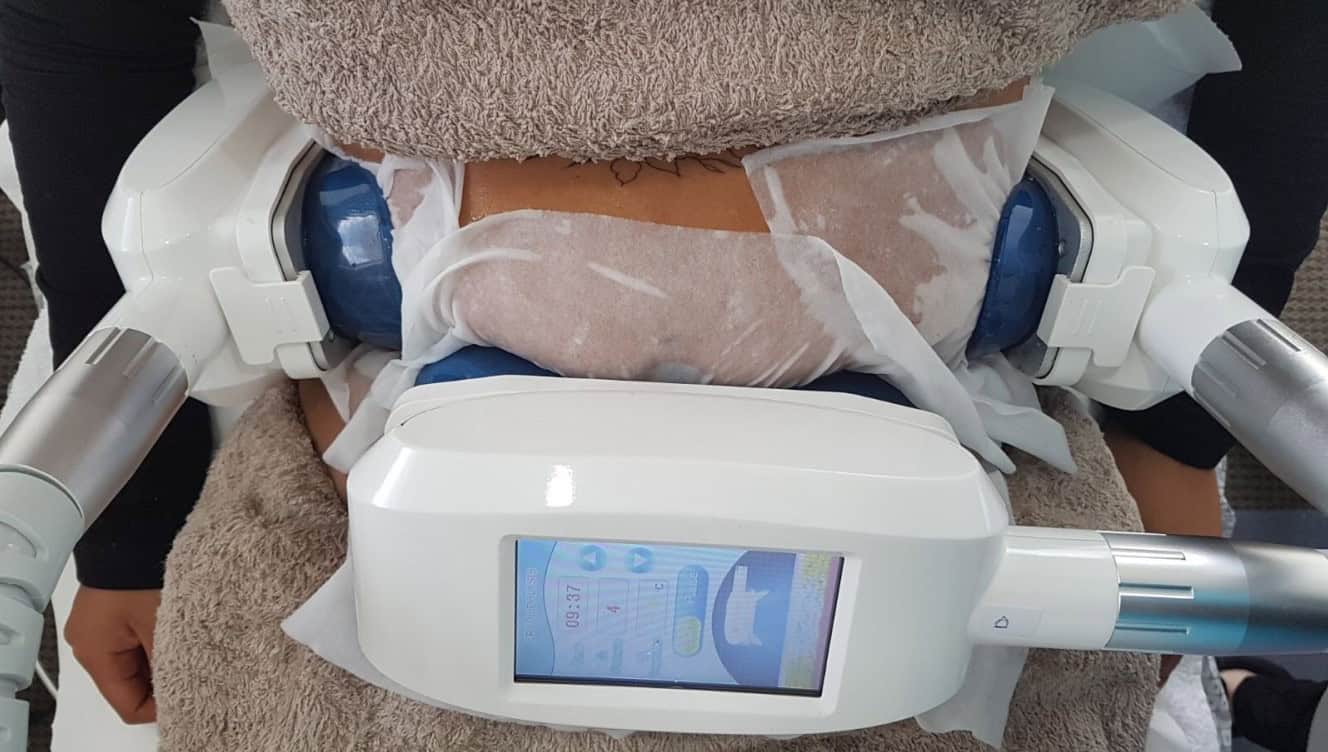
Cryolipolysis is a fat-freezing procedure that reduces fat deposits in specific body parts. This technology is also called CoolSculpting.
Cryolipolysis was the first noninvasive fat-reducing technology approved by the United States Food and Drug Administration (FDA) in 2010.
The cryolipolysis technique is performed using a machine with a handheld device (known as an applicator) connected to a larger unit that controls the cooling process.
A session of cryolipolysis can last about one hour, and the area targeted can be cooled to 30.2 degrees Fahrenheit (1oC) and 39.2 (4oC) degrees Fahrenheit. The area is massaged for a couple of minutes after the procedure to help with further fat cell breakdown.
Vacuum Therapy
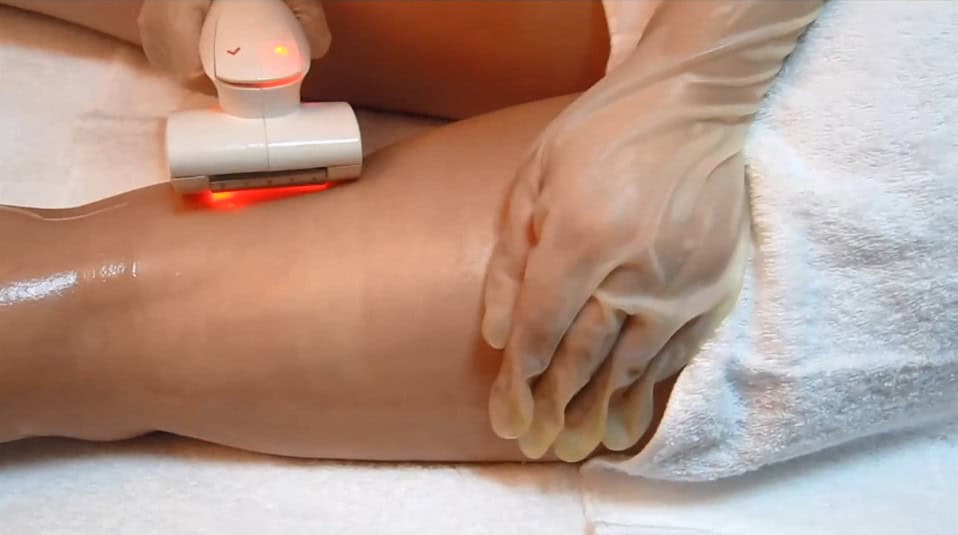
As the name suggests, vacuum therapy is a noninvasive fat-reducing procedure that uses a mechanical device with vacuum roller applicators to lift the skin.
Based on an article published by Healthline.com, “At its core, vacuum therapy offers deep massaging effects.” The same site explains how the procedures lead a tighter and toned skin, providing the appearance of a butt lift:
- Decreases tension in the muscles.
- Gets rid of toxins and water retention by increasing lymphatic flow.
- Exfoliates the skin and makes it smoother and toned.
- Increases toning effects by stimulating the skin’s middle layers.
- Decreases the appearance of cellulite.
Electromagnetic Fat Burning
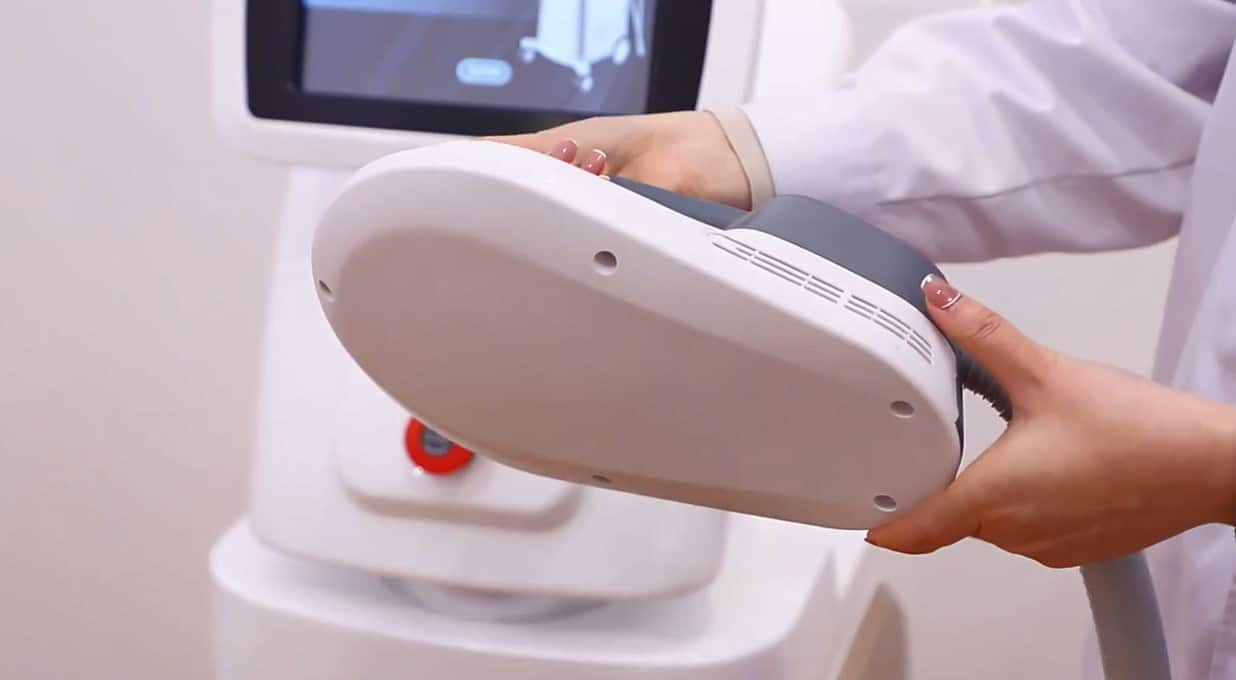
Many people that want to reduce body fat also want to expose muscle and attain a sculpted body. Electromagnetic fat burning accomplishes both at the same time.
Using an electromagnetic field machine, the procedure triggers rapid muscle contraction in a way that simulates an extremely intensive workout, minus the pain. The extreme movement created by this process beneath the skin burns the fat and builds muscle.
Lipo Laser Fat Removal

Some may argue that laser liposuction (commonly known as laser lipo) doesn’t qualify under non-surgical procedures. However, we included it here because the procedure is non-invasive.
Dr. Al-Ayoubi says, “Once the laser is under the skin, it works to melt the fat away from under the skin by perforating the cells, so they deflate.” The dissolved fat is then flushed out by the body’s biological systems.
Do Noninvasive Fat-Reducing Procedures Work?

It’s clear that there is no shortage of noninvasive procedures for reducing body fat. However, an important question remains: Do they work?
We checked responses to a Quora.com user who asked, “Does non-surgical liposuction work?” This is an excellent place to find out what ordinary people, likely to have used the techniques, think about them.
Caitlin Hawdon, who works at the Euromed Clinic Center in Dubai, answers, “Of course, it works. Now, you can get a perfectly sculpted body without the risks of the surgeries.”
Parisima Taeb, a physician, says, “Yes, of course, non-surgical liposuction works well. It is the non-surgical alternative of contouring and toning your body without the pain, cost, and complications associated with liposuction.”
While it can be convenient to find answers on Quora, it’s vital to proceed with care because some of the people answering may benefit from the answers they write. So, we checked if any academic studies show whether these procedures work.
A study published by the International Journal of Endocrinology and Metabolism validates the view that noninvasive fat-reducing methods work. The authors write, “Some of the noninvasive body contouring devices in animal and human studies such as cryolipolysis, RF, LLLT, and HIFU showed statistically significant effects on body contouring, removing unwanted fat and cellulite in some body areas.”
Are the Results Permanent?
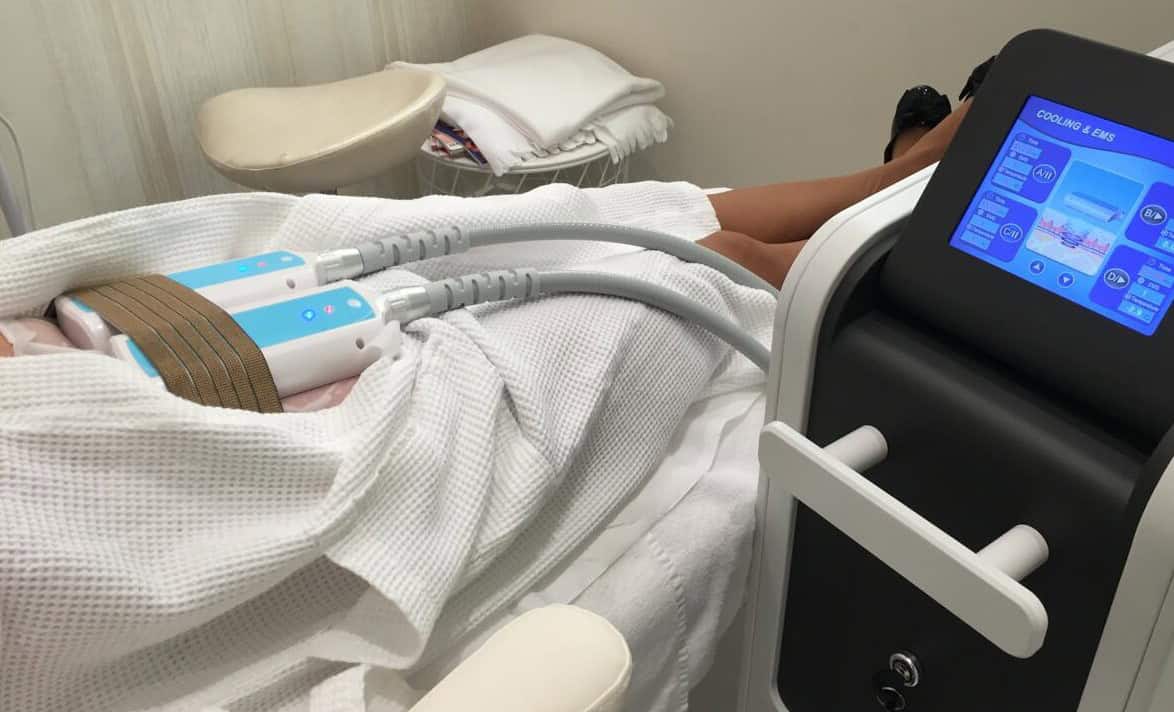
We have already noted that many people who lose weight through dieting will eventually regain it. This leaves us with a pressing question: Will the results of noninvasive procedures be permanent?
Dr. Patrick Bitter, an aesthetic dermatologist, believes that the cryolipolysis results are permanent. He writes, “CoolSculpting is not only proven to work but is also proven to have permanent results.”
Get the Best Results

As we have already noted, noninvasive fat-reducing procedures are not to be confused with weight-reduction methods. Also, it’s important to remember that reducing body fat should be looked at holistically.
This means you will have to take other measures to reduce fat, such as consuming a balanced diet with adequate fruits, vegetables, and fiber and adding or increasing your level of exercise.






